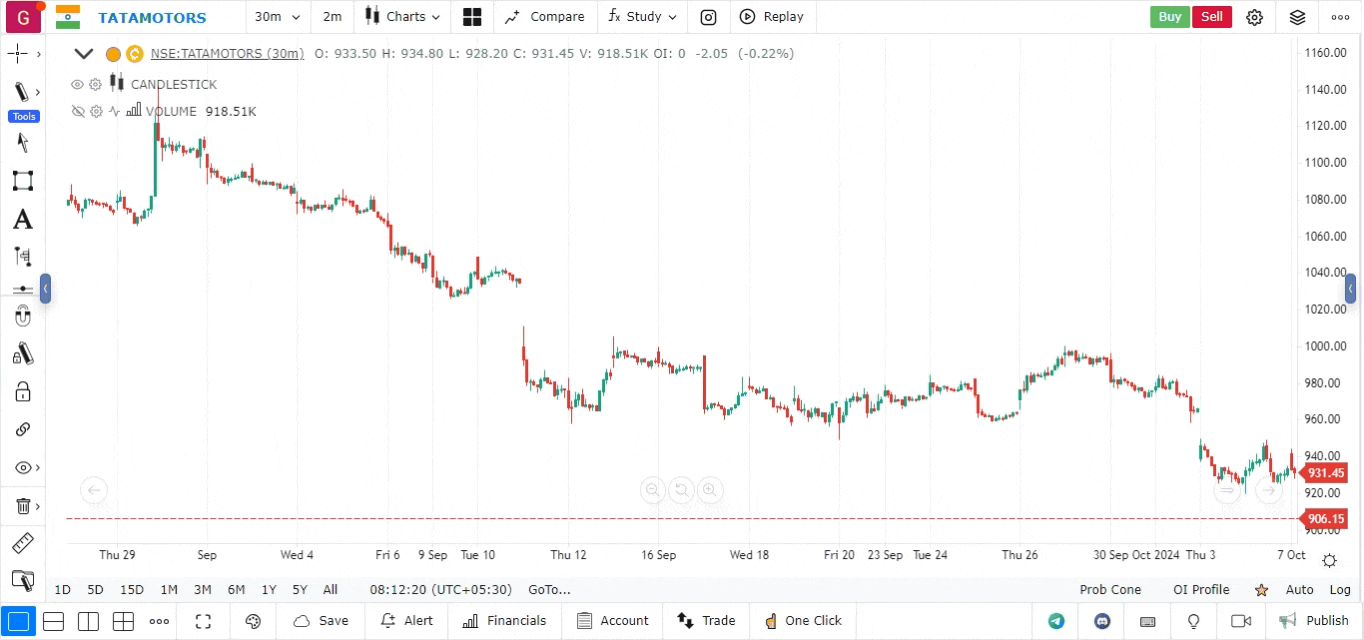Pivot Points Indicator
The Pivot Points Indicator is a powerful technical analysis tool that helps traders identify key levels of support and resistance based on historical price data. Pivot points are widely used to determine potential market turning points, making them essential for day traders and swing traders.
What are Pivot Points?
Pivot points are calculated using the high, low, and close prices of a previous period (daily, weekly, or monthly). The main pivot point (PP) is the average of these prices, and additional support and resistance levels are derived from this central point.
Key Levels:
- Pivot Point (PP): The main level used to identify the overall trend.
- Support Levels (S1, S2, S3): Levels below the pivot point where the price may find support.
- Resistance Levels (R1, R2, R3): Levels above the pivot point where the price may encounter resistance.
Calculation Formulas:
- Pivot Point (PP):
-
Support Levels:
- S1:
- S2:
- S3:
-
Resistance Levels:
- R1:
- R2:
- R3:
How to Add the Pivot Points Indicator
- Open the platform:
- Navigate to the platform and select the asset you wish to analyze.
- Access the Indicators Menu:
- Click on the Indicators menu located in the top toolbar.
- Add the Pivot Points Indicator:
- Search for “Pivot Points” in the indicators search bar.
- Click on the Pivot Points Indicator to add it to your chart.

- Customize Settings:
- After adding the indicator, you can customize the following settings:
- Period: Choose the time frame for which you want to calculate the pivot points (daily, weekly, or monthly).
- Style: Adjust the colors and line styles for the pivot point, support, and resistance levels for better visibility.
- After adding the indicator, you can customize the following settings:
How to Interpret Pivot Points
- Market Trends:
- If the price is above the pivot point, it suggests a bullish trend. Traders may look for long positions.
- If the price is below the pivot point, it indicates a bearish trend. Traders may look for short positions.
- Support and Resistance:
- The pivot point itself acts as a support or resistance level. If the price approaches this level, traders should monitor for potential reversals.
- Support and resistance levels (S1, S2, R1, R2, etc.) can indicate areas where the price may react, providing opportunities for entries and exits.
- Breakouts:
- If the price breaks through a support or resistance level, it may signal a continuation of the trend. Traders can use this information to adjust their strategies accordingly.